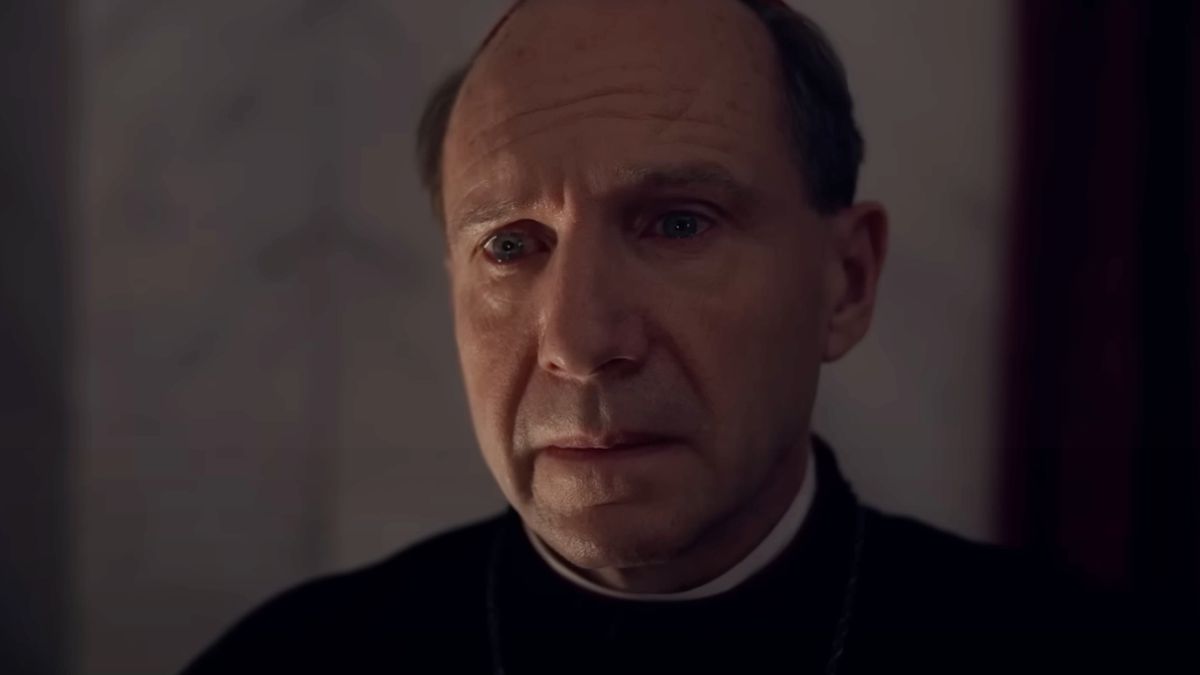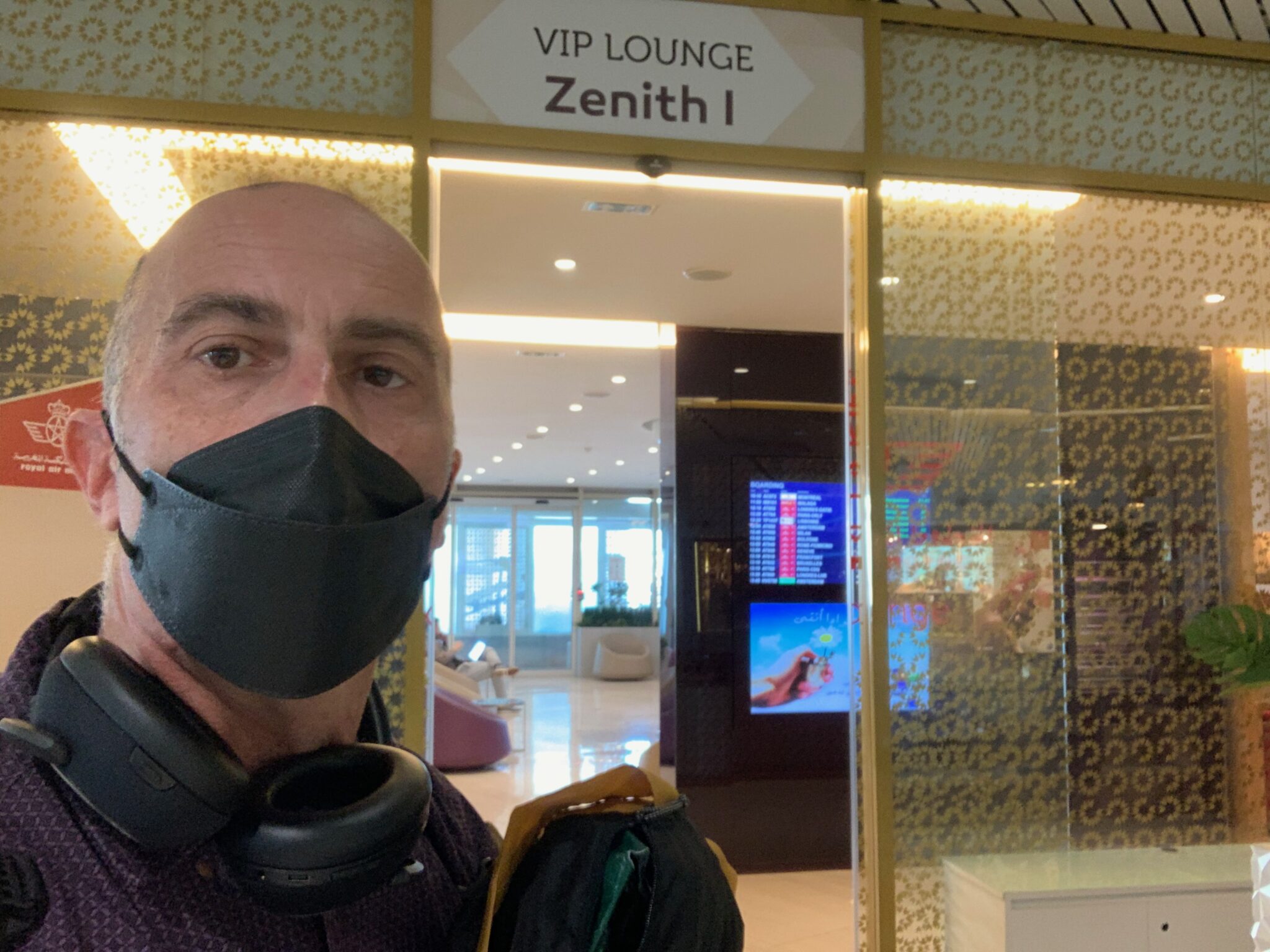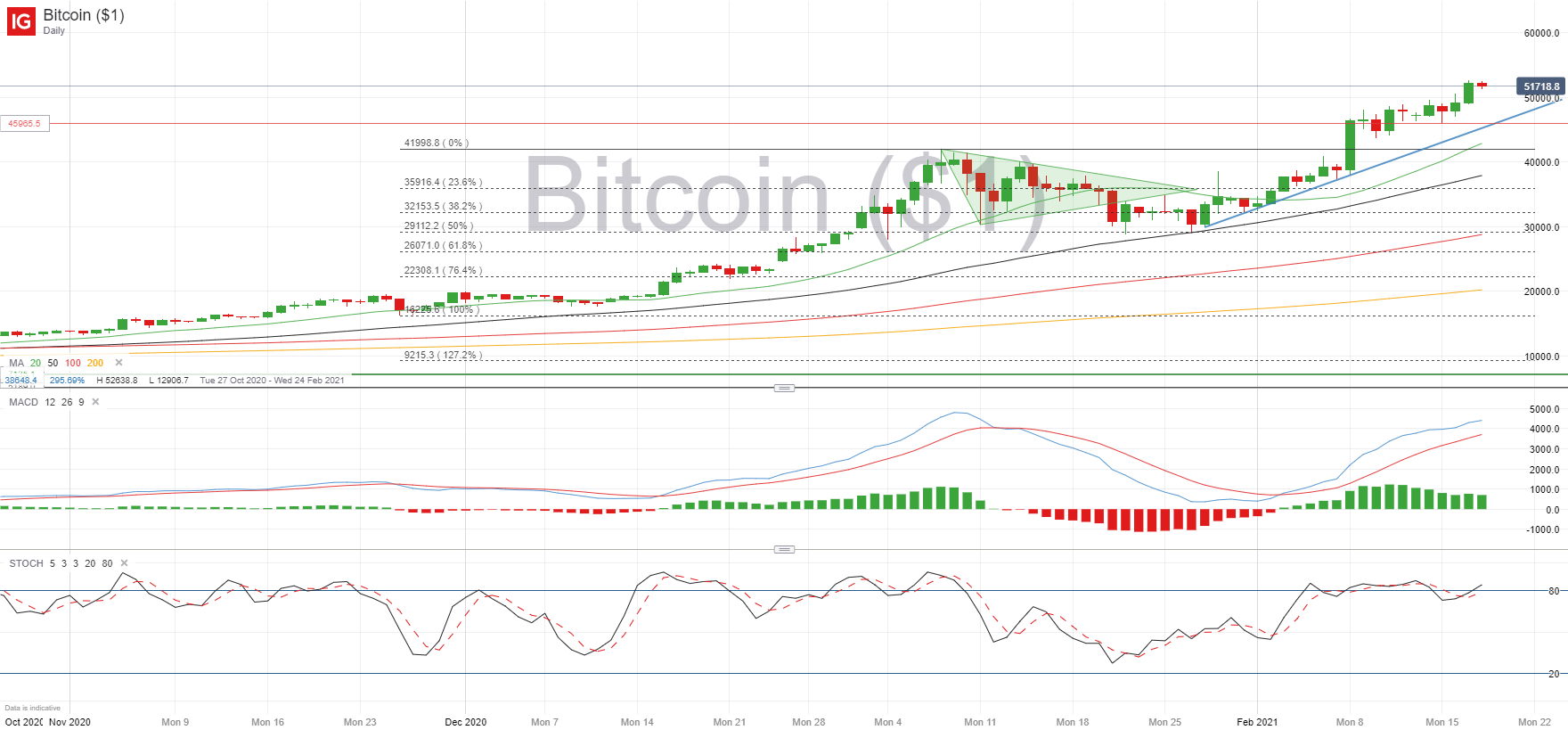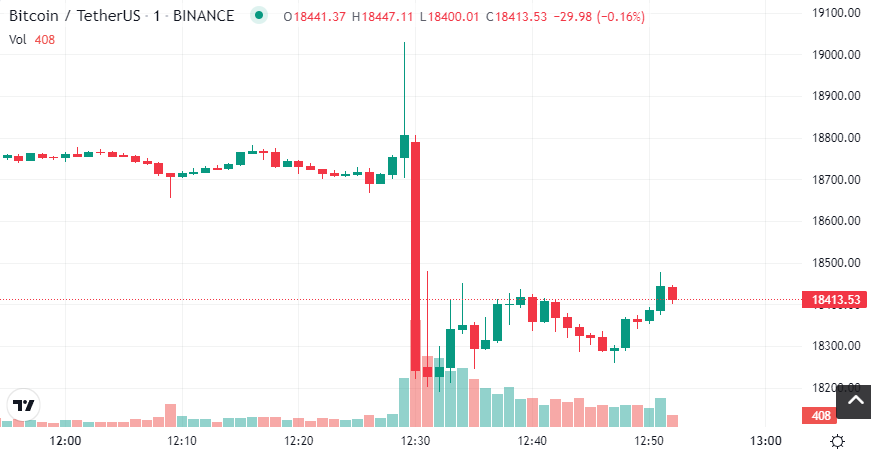Papal Election: A Comprehensive Guide To The Conclave Process

Table of Contents
Understanding the Need for a Papal Election
The selection of a new Pope, a pivotal moment in the history of the Catholic Church, is triggered by a vacancy in the Papacy. This vacancy arises from either the death or the resignation of the incumbent Pope. Papal succession, therefore, relies on a well-defined process to ensure a smooth transition of leadership and the continued spiritual guidance of billions of Catholics worldwide. This process, deeply rooted in centuries of tradition, centers around the College of Cardinals, a body of high-ranking clergy responsible for electing the new Pope.
- Death or resignation of the Pope: The death of a Pope automatically triggers the process of Papal succession. Similarly, a Pope's resignation, a relatively recent development in the history of the Papacy, also initiates the conclave.
- The importance of a smooth transition of leadership: The timely election of a new Pope is vital for maintaining stability within the Catholic Church and ensuring the continued spiritual and administrative leadership of the global community.
- The historical context of Papal elections: Papal elections have a rich and often turbulent history, evolving over centuries from complex political processes to the more structured system we see today.
The Role of the Cardinals in the Papal Election
The Papal election rests entirely on the shoulders of the Cardinal electors. These cardinals, chosen for their theological knowledge, pastoral experience, and loyalty to the Church, are entrusted with the immense responsibility of selecting the next Pope. Their role goes beyond simply casting a vote; it encompasses maintaining the secrecy and sanctity of the entire Conclave process.
The qualifications for becoming a Cardinal elector are strict:
- Under 80 years old at the time of the conclave: This age limit ensures the participation of cardinals who are still physically and mentally capable of undertaking the demanding task.
- Appointed by the Pope or previous Popes: Cardinals are appointed by the Pope, making them members of the College of Cardinals. Their appointment reflects their standing within the Church.
- Their role in the secrecy and sanctity of the conclave: The Cardinals are bound by a strict oath of secrecy, ensuring the integrity and confidentiality of the election process.
The Conclave: Secrecy and Procedure
The Conclave, a Latin term meaning "with key," takes place in the Sistine Chapel within the Vatican Palace. This iconic location is chosen for its historical significance and its suitability for the demanding requirements of the election. The Conclave is governed by a complex set of rules and regulations designed to ensure fairness and transparency, while simultaneously maintaining strict secrecy.
- Strict secrecy surrounding deliberations: Participants are under strict instructions to avoid any external communication, ensuring the sanctity of the voting process.
- The burning of ballots and the announcement of "Habemus Papam!": Following each round of voting, ballots are burned, with the addition of a chemical to produce either black or white smoke, indicating the outcome – black smoke signals a lack of a two-thirds majority, while white smoke signifies the election of a new Pope. The announcement of "Habemus Papam!" (We have a Pope!) is a world-renowned moment.
- The process of voting and achieving a two-thirds majority: The voting process is highly formalized, and a two-thirds majority is required for the valid election of a new Pope. This ensures that the chosen candidate receives broad support within the College of Cardinals.
The Election Process: From Nomination to Election
The Papal election process is a series of meticulously planned steps designed to select a Pope who commands the respect and trust of the Catholic Church. The process involves multiple rounds of voting, known as "scrutinies," until a candidate secures the necessary two-thirds majority.
- The "scrutiny" – the formal counting of votes: Each vote is carefully recorded and counted by designated officials called scrutineers.
- The role of the "scrutineers": These Cardinals ensure that the voting is fair, transparent, and adheres strictly to established rules.
- The requirement of a two-thirds majority: This ensures that the new Pope enjoys widespread support within the College of Cardinals.
Life After Election: The Inauguration of the New Pope
Once a Pope is elected, the world eagerly awaits the inauguration ceremony and the beginning of his pontificate. This is a momentous occasion for Catholics worldwide.
- The Papal inauguration Mass: A grand celebration marking the official commencement of the new Pope's reign.
- The selection of a Papal name: A tradition dating back centuries, offering the new Pope the chance to create a unique identity for his reign.
- The beginning of the new pontificate: This marks a new chapter in the ongoing history of the Catholic Church and a period of leadership that will impact millions.
Conclusion
The Papal Election, and the Conclave process that determines it, is a complex and fascinating event. It highlights the importance of the College of Cardinals in the governance of the Catholic Church and their critical role in selecting a new spiritual leader. Understanding the intricacies of this process is crucial to grasping the inner workings of the Vatican and the continuity of the Papacy. Learn more about the fascinating process of Papal Election and the intricacies of the Conclave. Explore further resources to deepen your understanding of this crucial event in the Catholic Church. Research the history of Papal elections or delve deeper into the specific rules and regulations of the Papal Conclave.

Featured Posts
-
 Royal Air Maroc And Mauritania Airlines Announce Enhanced Partnership
May 07, 2025
Royal Air Maroc And Mauritania Airlines Announce Enhanced Partnership
May 07, 2025 -
 Wto Accession Fast Tracked Amidst Privilege Concerns
May 07, 2025
Wto Accession Fast Tracked Amidst Privilege Concerns
May 07, 2025 -
 Steph Currys All Star Weekend Championship A Dud Format
May 07, 2025
Steph Currys All Star Weekend Championship A Dud Format
May 07, 2025 -
 First Look Adidas Anthony Edwards 2 Basketball Shoes
May 07, 2025
First Look Adidas Anthony Edwards 2 Basketball Shoes
May 07, 2025 -
 Zendayas Zone Dreamer Collaboration With Cloudzone Spring 2025 Collection Details
May 07, 2025
Zendayas Zone Dreamer Collaboration With Cloudzone Spring 2025 Collection Details
May 07, 2025
Latest Posts
-
 Could Bitcoin Reach New Heights A 1 500 Growth Forecast
May 08, 2025
Could Bitcoin Reach New Heights A 1 500 Growth Forecast
May 08, 2025 -
 Analyzing Bitcoins Rebound Potential For Future Growth
May 08, 2025
Analyzing Bitcoins Rebound Potential For Future Growth
May 08, 2025 -
 Bitcoin Price Prediction 1 500 Growth In Five Years
May 08, 2025
Bitcoin Price Prediction 1 500 Growth In Five Years
May 08, 2025 -
 Bitcoins Recovery A Deeper Look At The Market Trend
May 08, 2025
Bitcoins Recovery A Deeper Look At The Market Trend
May 08, 2025 -
 Bitcoins Potential 1 500 Surge A Growth Investors Prediction
May 08, 2025
Bitcoins Potential 1 500 Surge A Growth Investors Prediction
May 08, 2025
